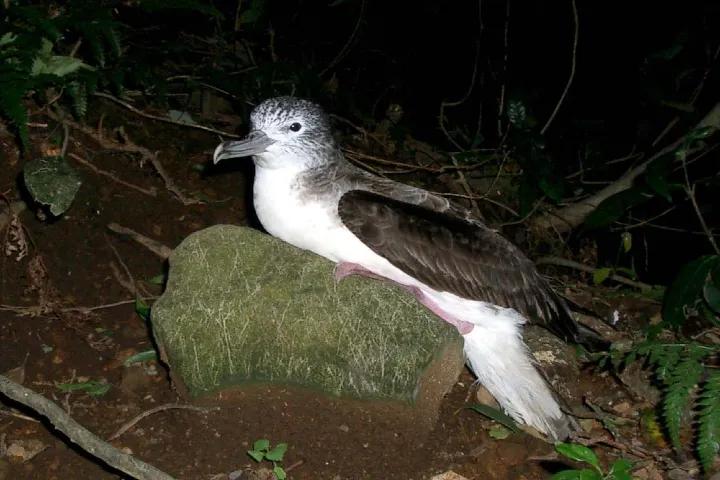All species in the world try to avoid Nature’s fury whether it is a volcano eruption or earthquake or a typhoon or hurricane. When faced with storms, birds on the land seek refuge in safer places while the ones in the sea move away from it.
Contrary to this, a report in smithsonianmag.com stated that a recent paper revealed an amazing manoeuvre which some seabirds adopt to survive a storm – they fly right into it.
The study was published in the Proceedings of the National Academy of Sciences.
For a period of 11 years, the researchers used global position satellite trackers to observe the movement of 401 streaked shearwaters which live on Japan’s Awashima Island. Seventy-five of these birds were discovered to be flying during tropical storms or typhoons.
Interestingly, the birds whose movements had been followed had chased the storm’s eye for eight hours. Commenting on this to Science News Emily Shepard, the study’s co-author and expert on animal movement at Swansea University, Wales, said: “It was one of those moments where we couldn’t believe what we were seeing. We had a few predictions for how they might behave, but this was not one of them.”
When confronting the hurricane or typhoon when they were far into the sea, the shearwaters would bypass it, the team found by statistical modelling. The majority of the birds that had been subject of the study were hunting for food near the land and when they were caught between the dry land and the storm, they kept away from the former and moved towards the storm.
What is indeed fascinating is that when the storms were stronger, the more likely it was for shearwaters to flow towards the eye of it, according to the research.
In a statement Swansea University’s movement ecologist Emmanouil Lempidakis, who is the study’s lead author, observed that during a typhoon, “there comes a point where their flight speed cannot match the wind speed, […and] birds start to drift with the wind”. Yet, these birds chose to drift than get pushed over to the land.
These birds are suitable for environments that are windy. They flourish on the water, allowing themselves to float in the strong winds for long distances without using their wings – thus conserving energy. On the land they are opposite – cumbersome and taking long to take off from the solid ground, making them vulnerable to attack by birds of prey. Even though they come ashore to reproduce, most of their life is spent in the ocean.
Elaborating on the shearwater’s conduct of flying into typhoons, the study’s authors said it served it “to avoid strong onshore winds that occur in the wake of storms”. For them the “safer option” is to move away from the land and fly towards the storm’s eye.
Commenting on this behaviour in Science News, Andrew Farnsworth said: “It might seem counterintuitive. But from the perspective of bird behaviour, it makes a lot of sense.” Farnsworth is an ornithologist at Cornell University.
There is a need for more research on this subject and to find out the response of other seabirds to intense storms. But this action seems to be adopted by fast-flying birds like shearwaters and albatrosses that can adapt to the wind.














